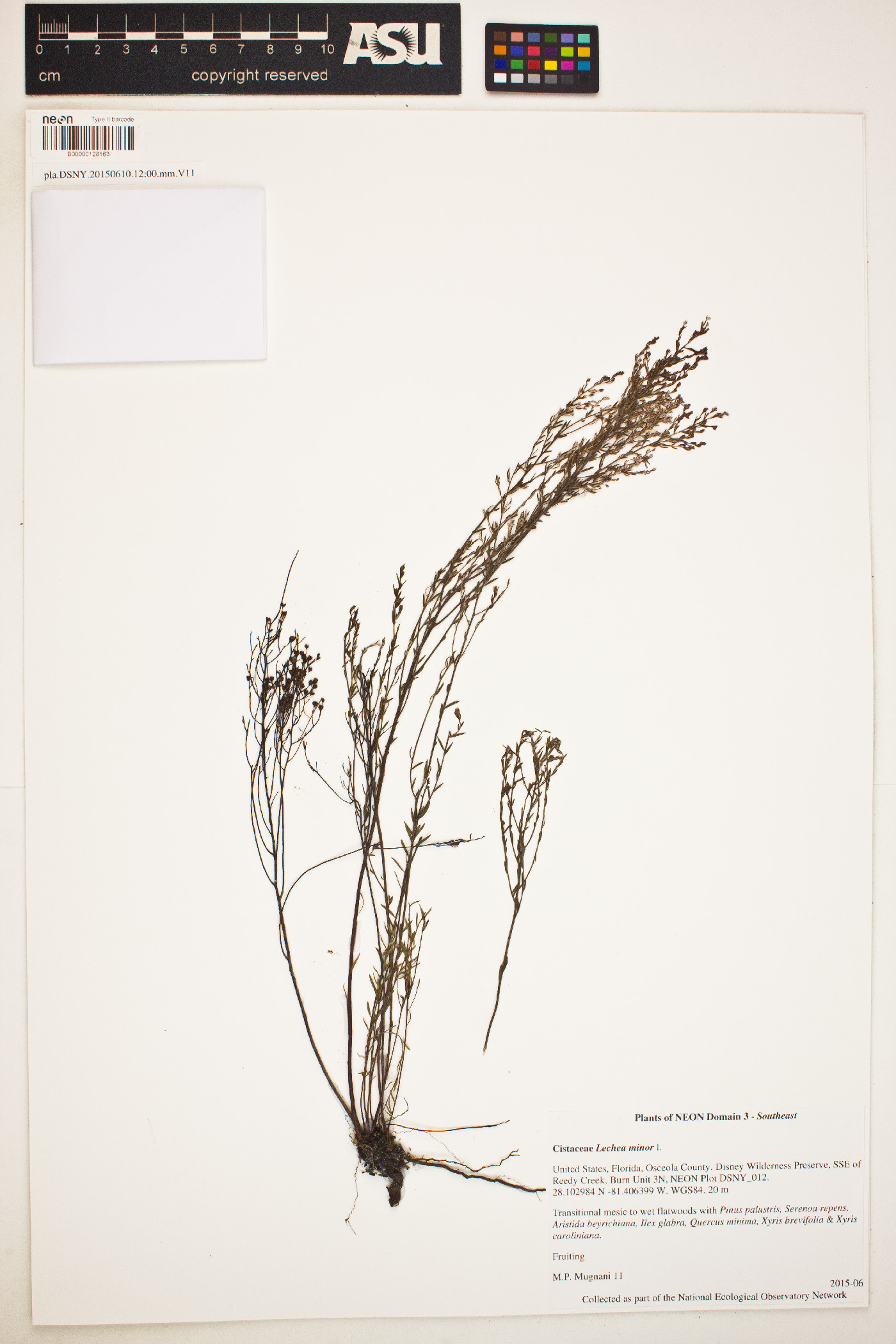|
Family: Cistaceae |
Sep 5, the 2 outer linear or lanceolate, the 3 inner broadly ovate to obovate, concave in conformity to the capsule; pet 3, mostly smaller than the sep, imbricate in bud, reddish, marcescent; stamens mostly (3-)5-15(-25); style none; stigmas 3, plumose, sessile; ovules 2 on each side of the 3 intruded, expanded and shield-like, parietal placentas; fr 3-valved, maturing 1-6 seeds, largely or wholly enclosed by the persistent cal; embryo straight or curved; perennial (seldom biennial) herbs with few or solitary, erect stems, small, alternate to sometimes opposite or whorled, 1-nerved, entire, sessile or short-petiolate lvs, and large, finely leafy panicles of very numerous minute fls in mid- or late summer, and producing basal shoots with numerous crowded lvs late in the season. 20, N. Amer. Gleason, Henry A. & Cronquist, Arthur J. 1991. Manual of vascular plants of northeastern United States and adjacent Canada. lxxv + 910 pp. ©The New York Botanical Garden. All rights reserved. Used by permission. |


